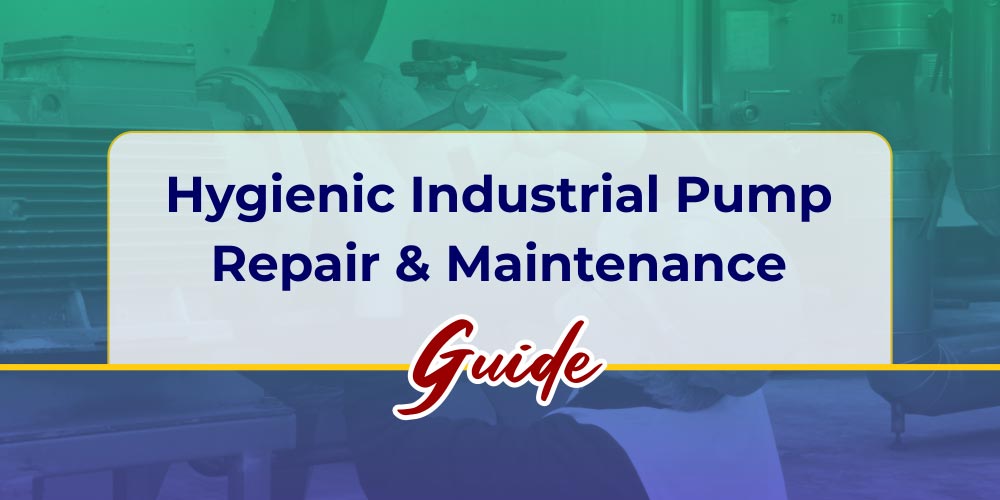Read about hygienic industrial pump in repair and maintenance services in the pharmaceuticals and food industry to ensure your operations run smoothly.
Industries such as pharmaceuticals, food and beverage, or personal care products, must maintain the cleanliness and efficiency of their industrial pumps. Hygienic pumps play a vital role in these industries, ensuring that liquids are transported safely and without contamination. However, like any machinery, hygienic pumps can experience issues over time.
This article will explore the importance of hygienic pump repair and provide helpful tips for keeping your pumps running smoothly.
Importance of Hygienic Pump Repair
One of the primary reasons why hygienic industrial pump repair is important is to prevent contamination. Any malfunction or damage in these pumps can lead to cross-contamination between different products or batches, which can have severe consequences on consumer safety and product quality.
Another key aspect of hygienic pump repair is minimizing downtime. When a pump breaks down unexpectedly, it disrupts the entire production line, causing delays and potential financial losses. Regular maintenance and timely repairs help identify any potential issues before they escalate into major problems, reducing unexpected breakdowns and keeping operations running smoothly.
Moreover, proper maintenance and repair of hygienic pumps contribute to cost savings in the long run. By addressing minor issues promptly through routine inspections and repairs, businesses can avoid costly replacements or extensive repairs that may be required due to neglect or prolonged use without maintenance.
Regular hygienic pump repair ensures optimal performance levels. Regular use can cause wear and tear that can affect the efficiency of these pumps if not addressed promptly. Through regular servicing and necessary repairs when needed, businesses can maintain peak performance levels while maximizing their return on investment.
Prioritizing hygienic pump repair helps ensure compliance with industry regulations related to hygiene standards in manufacturing processes. This protects consumers and safeguards business reputation by demonstrating commitment towards delivering safe products that meet stringent quality requirements.
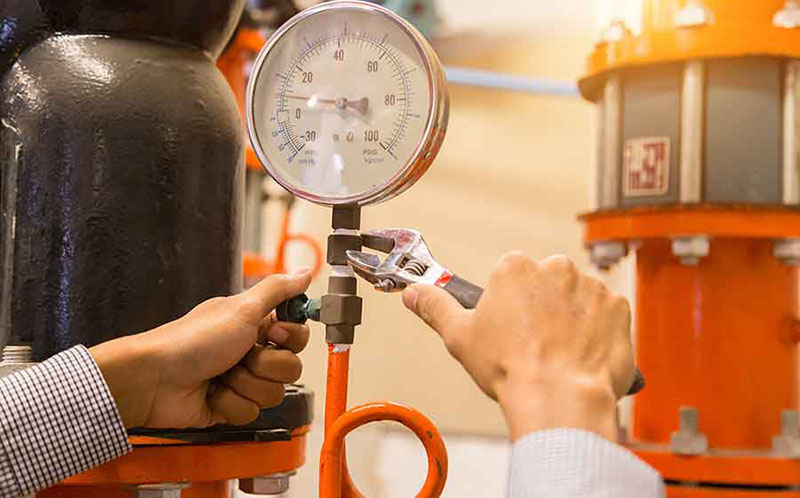
Common Issues with Hygienic Pumps
Industrial pumps, like any mechanical equipment, can experience issues that may hinder their performance and efficiency. Understanding these common problems is essential for timely repair and maintenance to minimize downtime.
One frequent issue faced by hygienic pumps is leakage. This can occur due to worn-out seals or gaskets, improper installation, or excessive pressure buildup within the system. Leakage leads to product loss and poses hygiene risks and safety hazards.
Another issue is cavitation, which happens when there are rapid changes in pressure within the pump. Cavitation can cause damage to the impeller blades and lead to decreased pump performance over time.
Blockages are yet another common problem encountered with hygienic pumps. Foreign particles or debris can accumulate inside the pump’s inlet or discharge lines, obstructing the flow of liquid and reducing efficiency.
Additionally, pump corrosion can occur if the materials used to construct the pump are incompatible with the fluids being handled. Corrosion weakens the pump’s structure and may result in leaks or premature failure.
Motor issues such as overheating or electrical malfunctions can impact a hygienic pump’s operation. These problems often arise from inadequate lubrication, incorrect voltage supply, or faulty wiring connections.
By familiarizing themselves with these common issues associated with hygienic pumps, operators can promptly identify problems and seek professional assistance for necessary repairs before they escalate into more significant concerns. Regular monitoring and maintenance practices will help extend a hygienic pump’s lifespan while ensuring optimal performance and productivity within industrial operations.
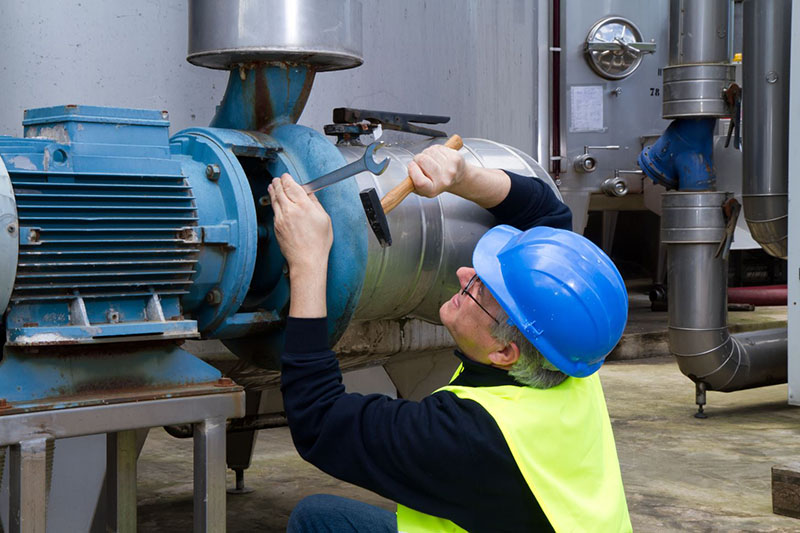
Steps to Properly Repair a Hygienic Pump
To properly repair a hygienic pump, following a series of steps is important to ensure the job is done correctly. Here are the essential steps you need to take:
- Identify the problem: Before starting any repairs, you must first identify what exactly is wrong with the pump. Is it a leak? A blockage? Understanding the issue at hand will help guide your repair process.
- Gather necessary tools and equipment: Make sure you have all the required tools and equipment for the repair. This may include wrenches, screwdrivers, gaskets, seals, and lubricants specific to hygienic pumps.
- Disconnect and drain: Before working on the pump, disconnect it from its power source and drain any remaining fluid from within.
- Disassemble the pump: Carefully disassemble all relevant parts of the pump to access the area requiring repair.
- Replace or repair faulty components: Inspect each part for damage or wear and replace any faulty components with new ones if necessary.
- Clean thoroughly: Clean all parts before reassembling them to remove any debris or contaminants that could impede proper functioning.
- Reassemble and test: Put everything back together according to manufacturer guidelines and then test run it to ensure everything is working as intended.
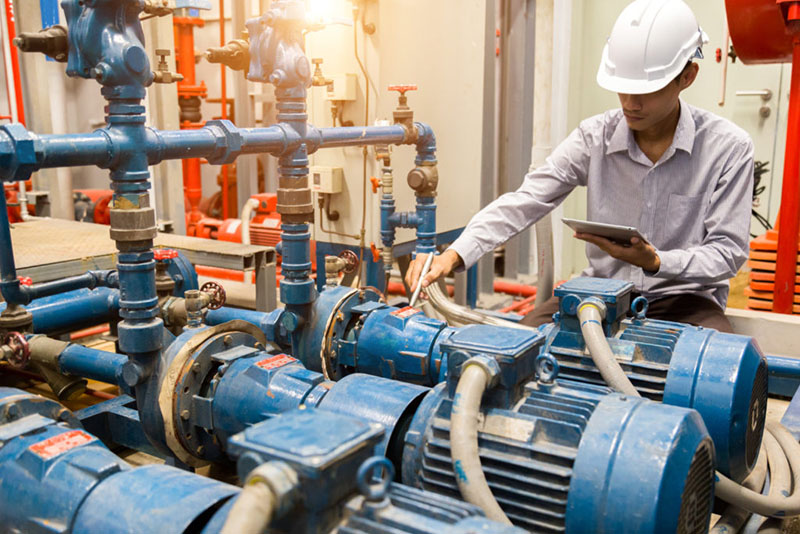
Tools and Equipment Needed for Hygienic Pump Repair
When it comes to repairing hygienic pumps, having the right tools and equipment is crucial. These specialized devices ensure that the repair process is efficient and effective, allowing you to get your pump back up and running smoothly. Some of the important tools and equipment needed for hygienic pump repair are:
1. A set of wrenches in various sizes is necessary for loosening or tightening bolts and fittings. This will help you disassemble the various types including centrifugal pump components without causing any damage. Additionally, a torque wrench ensures that you apply the correct amount of force when reassembling the pump.
2. A multimeter comes in handy for testing electrical connections and checking voltage levels. It helps identify any issues with wiring or power supply that may be affecting the performance of your hygienic pump.
3. To remove impurities from inside the pump system, a high-quality cleaning brush is essential. This tool makes it easier to scrub away dirt or debris that could be clogging up valves or pipes.
In terms of safety equipment, gloves protect your hands from chemicals or sharp objects during repair work. Safety goggles shield your eyes from potential splashes or flying debris while working on the pump.
Having spare parts such as seals, gaskets, O-rings, and bearings can save time during repairs by allowing you to quickly replace worn-out components.
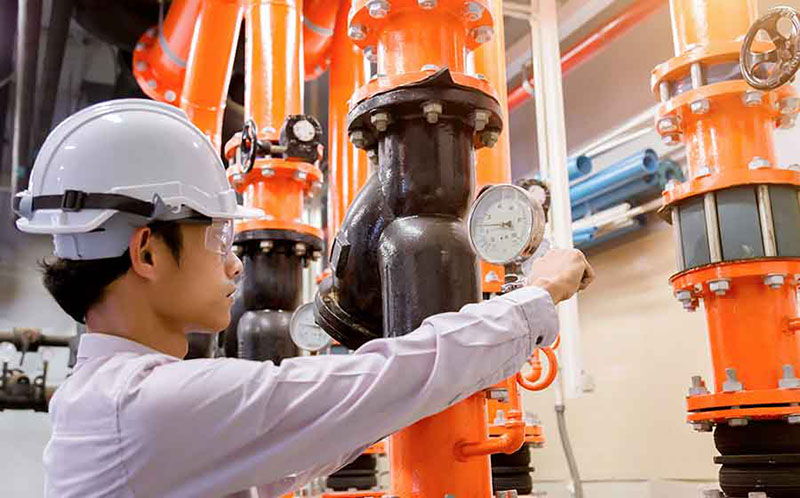
Tips for Preventing Future Hygienic Pump Issues
Regular maintenance and proper care of your hygienic pump can help prevent future issues and prolong its lifespan.
1. Follow the pump manufacturer’s guidelines: Familiarize yourself with the user manual provided by the manufacturer. It contains important information on operating procedures, maintenance schedules, and troubleshooting steps specific to your hygienic pump model.
2. Implement a preventive maintenance plan: Create a schedule for routine inspections, cleaning, and servicing of your hygienic pump. Regularly check seals, gaskets, valves, and other components for wear or damage that may lead to leaks or malfunctions.
3. Ensure proper installation: Ensure your hygienic pump is installed according to the manufacturer’s instructions. Improper installation can result in performance issues or premature failure.
4. Train operators properly: Educate all personnel who will be operating the hygienic pump on its correct usage and best practices for maintenance. This will minimize human errors that could cause unnecessary strain on the equipment.
5. Monitor system performance: Regularly monitor flow rates, pressures, temperatures, vibrations, and any unusual noises during operation. Any significant deviations from normal conditions should be investigated promptly to prevent potential breakdowns.
6. Maintain cleanliness standards: Clean the surrounding area to avoid debris or contaminants entering the system through air intake vents or other machine openings.
By implementing these preventive measures consistently into your pumping system management plan, you can greatly reduce the risk of unexpected failures that disrupt production processes and incur costly repairs.

Conclusion
Properly maintaining and repairing hygienic industrial pumps are essential for maintaining efficiency, reliability, and hygiene standards in various industries. Regular inspections and prompt repairs can help prevent costly downtime and ensure optimal performance.
By addressing common issues such as leaks, clogs, or motor malfunctions promptly, you can extend the lifespan of your hygienic pump. Remember to follow the necessary steps for repairing a hygienic pump properly and make use of the required tools and equipment.
Remember that proper training is crucial when it comes to handling hygienic pumps effectively. Ensure that your maintenance team is well-equipped with knowledge about these specialized systems to carry out repairs efficiently.
Comments are closed.

